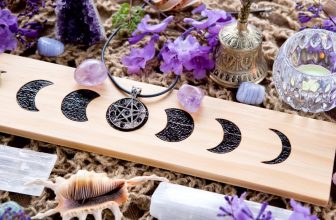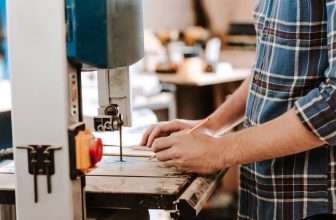Contents
When you first slip your foot into your new pair of boots, you may be in for a bit of a surprise. Some may fit tighter than they did at the store while others may feel loose in the heel.
If your boot doesn’t feel right, all is not lost. We have put together a guide on how to break in boots, so whether your boots feel too stiff or slip on the heel, there may be a solution. For now, you will want to put that return ticket away…
Use Alcohol
Alcohol has been known to cause a good time, and it a cup or two will make you feel better about your boots being too tight. Well, if you have a bottle of regular old rubbing alcohol on hand, you may be able to stretch your boots.
Rubbing alcohol can actually stretch leather, and it’s a substance that has been used by leatherworkers for ages. Common consumers can use the liquid as well, and you don’t need to dunk your boots in it.
To use alcohol’s loosening properties, you simply need to apply the substance to the parts of your boot that need to be stretched. Any pressure points or places that rub are fair game, and you can even soak socks in alcohol and wear them with your boots or apply it directly to the suspect areas.
It’s best to use it on the inside of the boot and mixed with a solution of water. Proceed with caution if your boots have a special type of finish and always check the care sheet first.
Mink Oil
Depending on your age, there’s a good chance you have seen a can of Mink Oil in your father or granddads shoeshine box. While it can work wonders on leather, it’s also a great substance to use when you’re learning how to break in boots.
Mink Oil is made for leather, unlike alcohol. With mink oil, you need to give the boots a good rub down and leave them to sit for at least 24 hours. Heat can speed up the process if you’re in a hurry, but rest assured, mink oil will help your boots fit better.
Freezing & Stuffing
Stuffing is another popular option, and one of our more interesting tips. While you can stuff a boot with anything, frozen water is a surprising choice that works wonders.
For this trick, you will want to take a couple of bags and fill them with water. Get them full enough to cause a “bulge” in the boot, just make sure the bags won’t leak – double bag if necessary.
When you feel the amount is right, simply pop the boots in the freezer overnight, and the expanding ice will help to loosen the leather.
Shoe Stretchers
While not necessarily made for boots, a good shoe tree can stretch some boots out and help them retain their shape over time.
These little devices are made from plastic or wood are designed to fit tightly within a shoe. If you want to try them for boots, look for something heavy-duty and made from wood as plastic is prone to break and boots tough nuts to crack.
If you can’t find a shoe stretcher you like, an old-fashioned broom still will work when it comes to length.
Breaking in Steel-toe boots
Not every work boot has steel toes, but if it does there are still ways to loosen up that toe and make things a little more comfortable.
Stomp around. While it may sound (or look) silly, it can quickly help to break in boots with steel toes. You can also take the toe of the boot and pull it towards the tongue to get some extra give from the boot. Steel-toed boots are tougher to break in and take more time to conform to the toe area, but it is doable.
Other tips
We briefly discussed this in our guide to boot fit, but you’ll want to pay close attention to the time of day you shop for your new boots.
In the morning, your feet are smaller and will expand throughout the day. That can throw your sizing off, which in turn can make stretching your boots pointless as you may be able to go up or down by a half size.
If boots are too loose, insoles may be your best bet. Most high-quality boots come with them, but you can pick up a pair for cheap and will be surprised by how much they can help. You may even gain some height – an important factor for those of us who are vertically challenged.
Things to avoid
A good work boot can wick away water, but that doesn’t mean you should use it to break in boots. Water can rot or break down the inside of the boot so steer clear of any tips that suggest soaking your boots. The internet can be a bad place for tips at times.
The same goes for heat.
There is a reason you don’t throw tennis shoes in the dryer, and the same rule applies to boots. Heat warps and can break bonds inside of your boot.
By design, leather stretches, and it will give on its own over time. When breaking in boots, don’t try to do too much or you could end up with boots a little looser than you’d.
Conclusion
No matter how careful you are with sizing, sometimes you need to speed up the process and give a new pair of leather boots a good stretch.
All of our tips will help, but there is no substitute for patience and time. Leather footwear naturally stretches with time, which is why your favorite leather sneakers feel so good after you stomp around in them for a few weeks.
If your boots are just a little tight on the sides, give them some time as they could comply on their own. When things are extreme, or you need to speed up the process, give our tips a try but remember that boots that are too tight now may be looser than you’d like a few months down the line.






